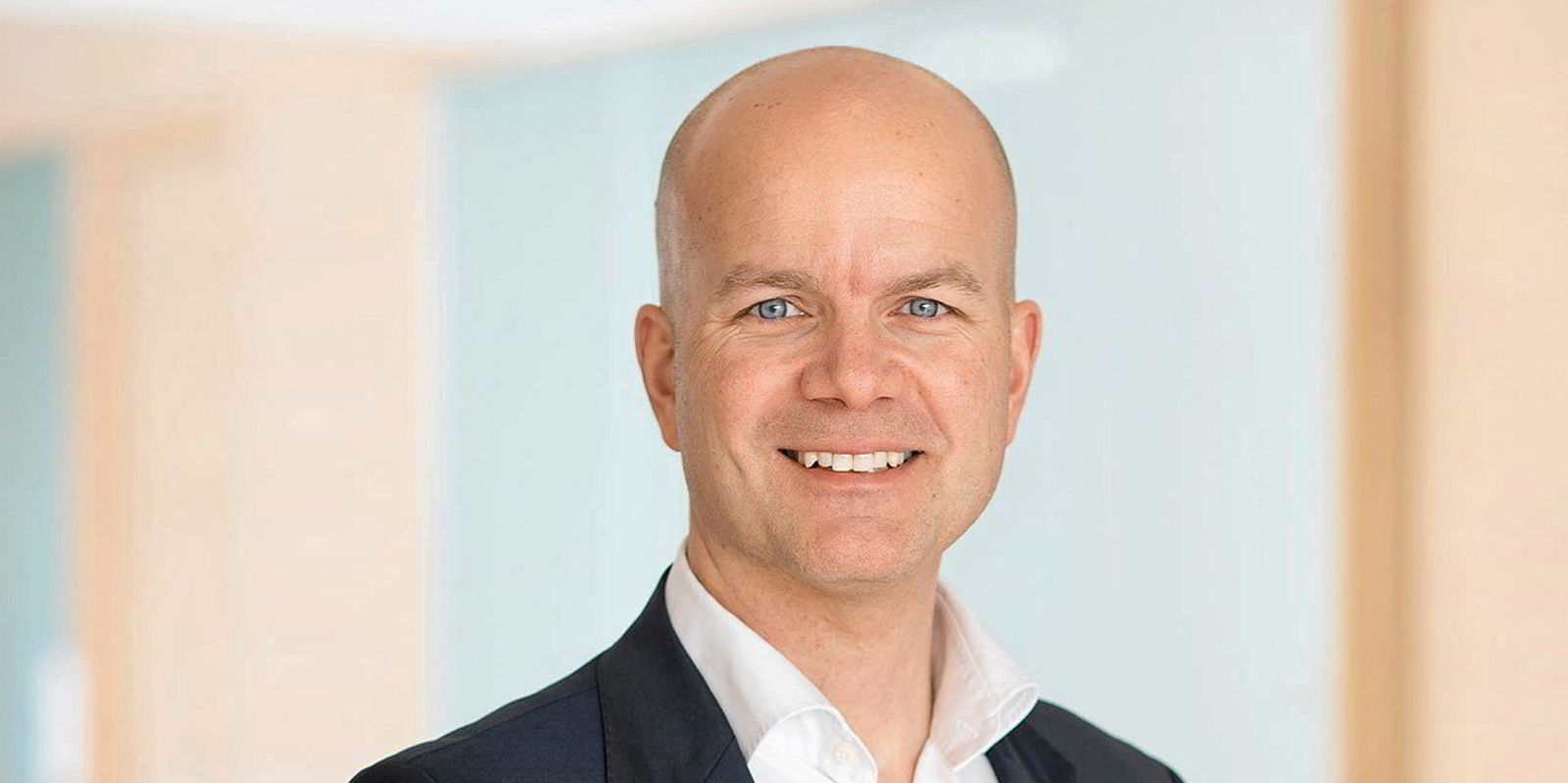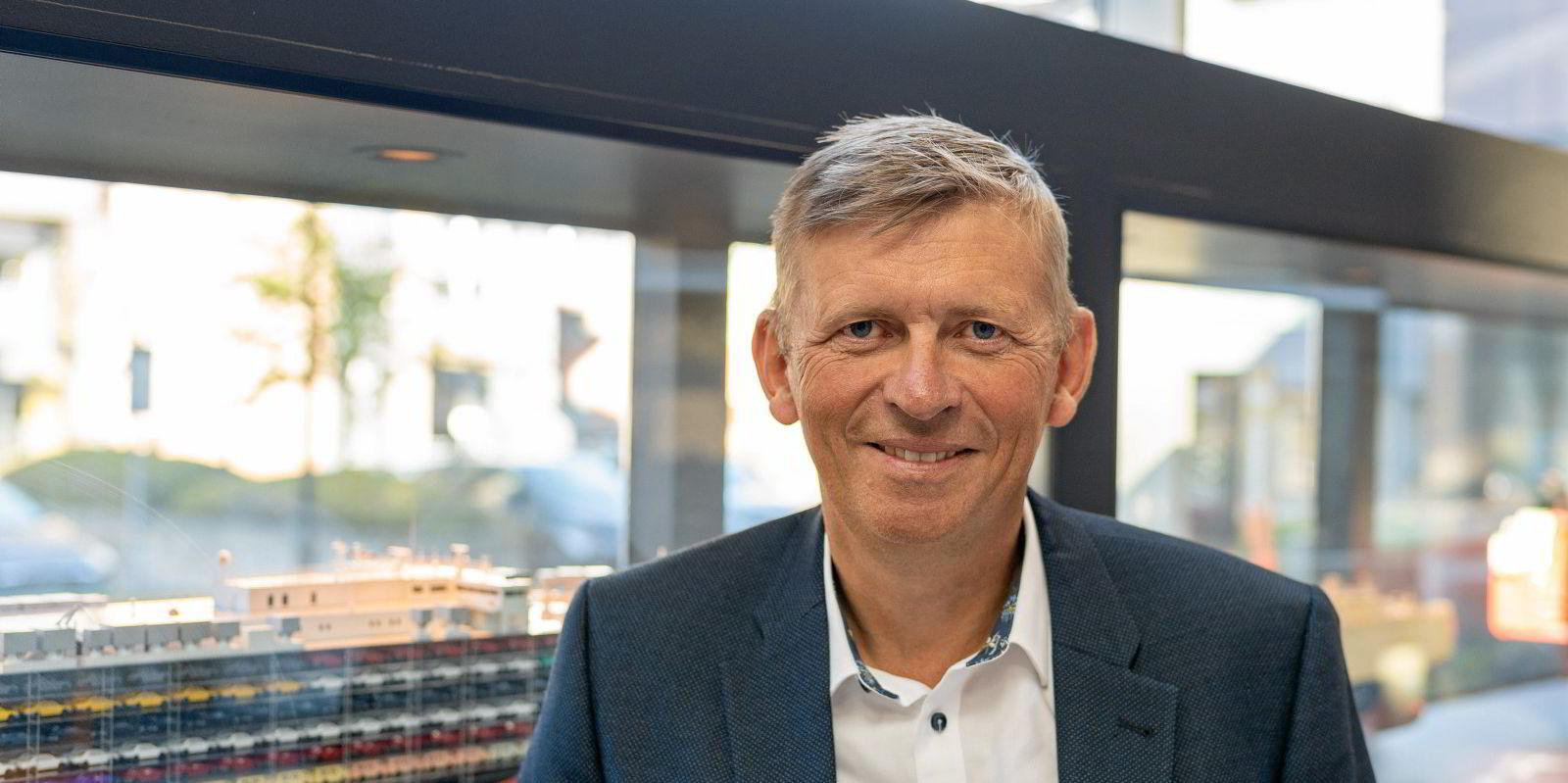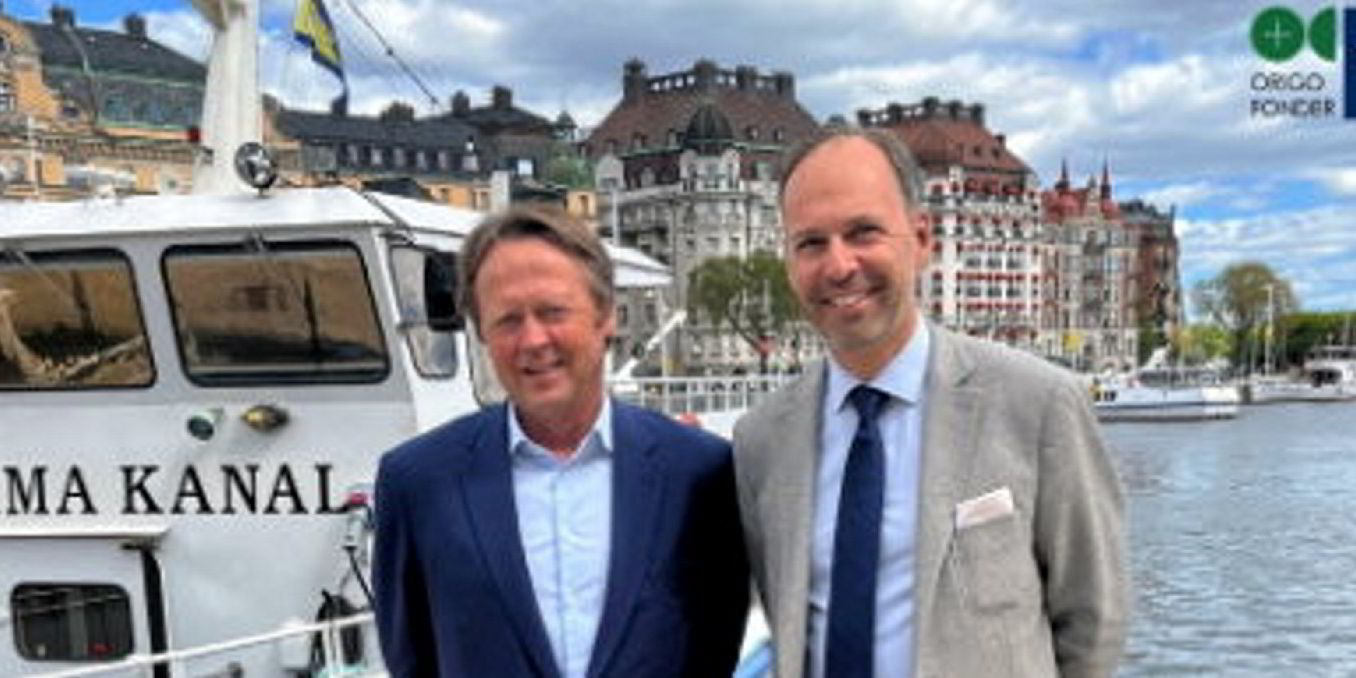Wilh Wilhelmsen Holding’s Raa Labs is turning from an in-house operation towards third-party business, targeting shipowners in several sectors as prospective customers.
After turning the ships of Oslo-based car carrier affiliate Wallenius Wilhelmsen into a fleet of “connected assets”, Raa Labs is now involved with projects for digitalising the fleets of third parties in offshore, container, gas and dry bulk shipping, and also rescue boats.
Chief executives Lasse Kristoffersen of Wallenius Wilhelmsen and Ari Marjamaa of Raa Labs believe their project has set the most advanced standard of digital integration in the shipping industry, ready to be replicated in other fleets, and also to be extended to applications yet to be discovered.
“I have not seen any company that has come further in digitalising ships’ operational data and delivering it to the actual decision-makers,” boasted Kristoffersen, who moved from compatriot shipowner Thorvald Klaveness and took the top job at Wallenius Wilhelmsen earlier this year.
Raa Labs is owned by Wallenius Wilhelmsen shareholder Wilh Wilhelmsen, which is touting Raa Labs as a success story for the in-house tech incubator strategy of its Wilhelmsen New Energy business segment.
TradeWinds has reported on the role of Raa Labs in building the physical infrastructure for Wallenius Wilhelmsen’s fleetwide artificial intelligence vessel optimisation project, using data to achieve fuel efficiency and decarbonisation goals.
But now Marjamaa said the point of extracting and standardising data from ship operations is not just to achieve a pre-defined goal, but to enable the shipowners to use the data to discover new ways to create value.
“We supply data as a raw material that feeds into Lasse’s value chain,” said Marjamaa.
“The usual model for data projects is to say, ‘I want this kind of information to solve this single problem,’ and then dig downward to get it. But in fact, when you have reliable quality data available, you may be able to use the same data to solve many problems. You can discover and scale as you go when you have this data, extracting other value from it.”

Both he and Kristoffersen underscore that this approach means creating a technical infrastructure, such as the one Raa Labs is meant to supply, and building the necessary culture within the shipowner.
But what works for one type of data on one type of ship is supposed to work for all.
“We built RaaEdge with an eye to the needs of an owner such as Wallenius Wilhelmsen,” said Marjamaa, using the data platform’s brand name. But because the platform is agnostic about the type of its data, and has also been used to run projects as far afield as Covid-testing clinics on cruise vessels, using exactly the same equipment as for the engine room, he said.
I have not seen any company that has come further in digitalising ships’ operational data and delivering it to the actual decision-makers
— Lasse Kristoffersen
In addition to the projects Marjamaa mentioned, Kristoffersen said Wallenius Wilhelmsen meets with other owners to share information on its progress in digitalisation, including “one of the very biggest container shipowners”.
But the increased focus on outside customers fits Wilh Wilhelmsen’s stated goal of using its Wilhelmsen New Energy segment as a maritime business incubator, drawing on the parent company’s resources and the Oslo maritime cluster.
Wallenius Wilhelmsen has supported that effort as a customer since 2018, when it hired its first data scientist, and did not know what the specific end result might be.
“In 2018, this was unknown territory,” said Wallenius Wilhelmsen ship operations boss Geir Fagerheim. “There were no plug-and-play solutions for digitalising ships.”
“But our management has been patient and willing to spend a lot of money on building up an infrastructure without knowing exactly how it would be used in the end.”
He said the company purchased equipment from all kinds of suppliers but ended up capturing data that did not have value at the time.
“But the company believed this was the direction to go,” Fagerheim said.
The investment is now paying off tenfold, a company spokesman added.
Kristoffersen sees the outcome as vindicating the incubator strategy.
“If you wanted to be a little mean, you could say there is no reason for us to be based here in Norway,” he said.
“Our ships don’t come here, our customers aren’t here. But we are sitting in the middle of a competence cluster that offers a lot of advantages for us and also for start-ups like Raa Labs. They have rapid access to technical talent and to finance. It’s difficult to find a better place than Norway for that.”





